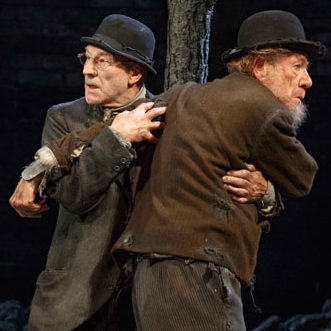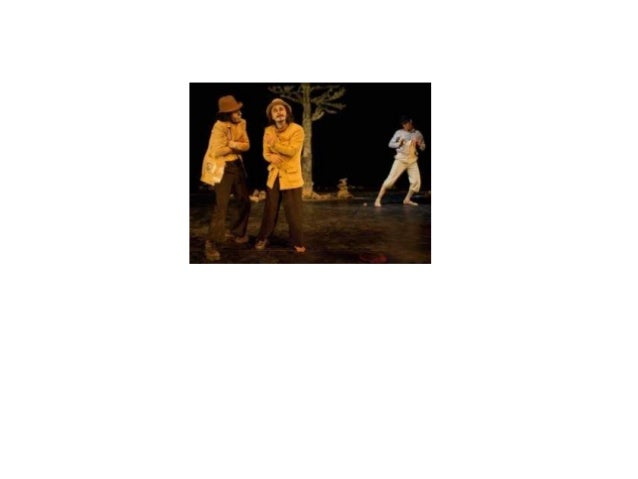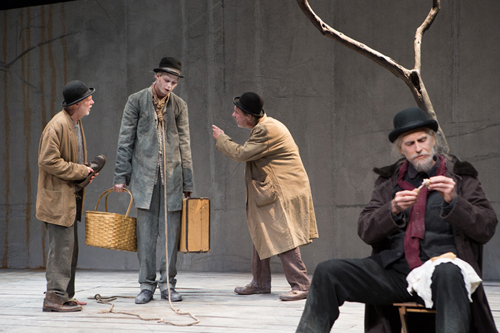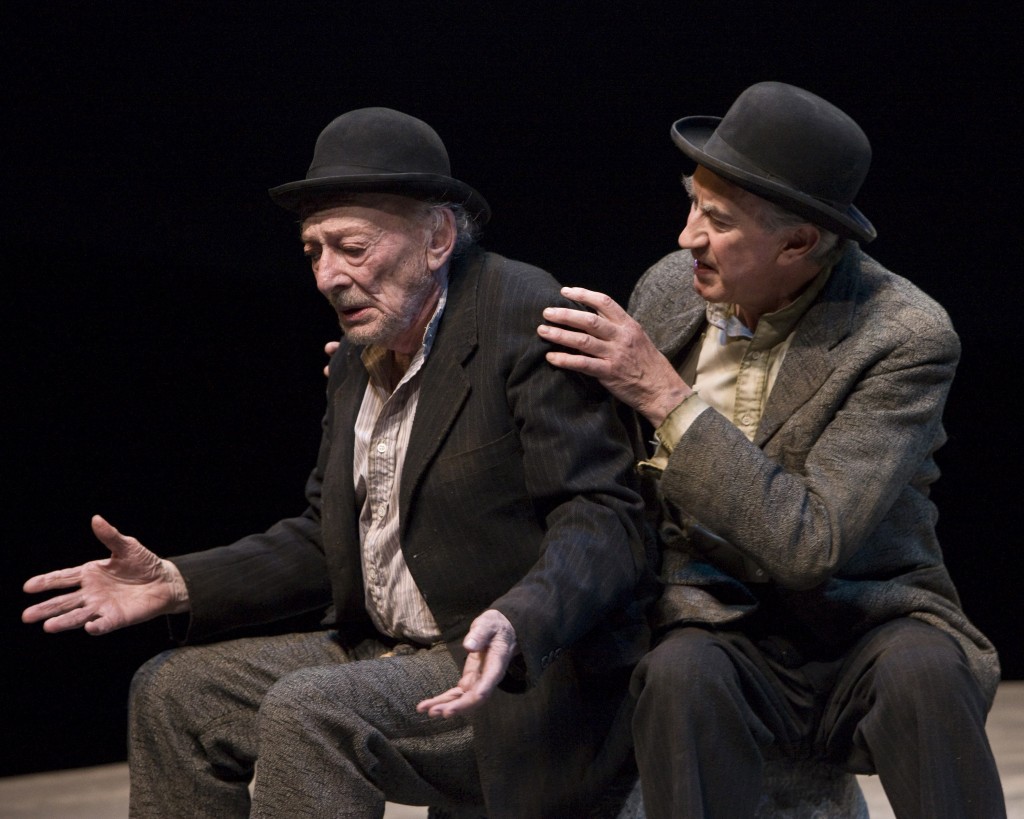

And Godot, who the reader does not know who he is or what he is, does not come and never will. But nothing happens and the atmosphere of emptiness and monotony is altered only by the entrance of Pozzo and Lucky (respectively master and slave) who, after leaving, return the void that surrounds the characters. With this, they try to fill the waiting time by talking to exhaustion, because in this waiting is all the meaning of their lives. Two old homeless men, Vladimir and Estragon are waiting for Godot.



Only a tree in the middle and the light precedes the twilight. Waiting for Godot does not tell a story, on the contrary, explores a static situation. Therefore, B eckett’s concern is not to show the absurdity of existence from social life, but rather through the shock of the man with himself, perceiving in his heart the perplexity of this encounter. T he rest of humanity that has lost its way and now finds itself incapable of understanding its existence. The absurd represents and translates the impossibility of effective communication between men and result in a misunderstanding between the pretentions of moral codes, religious and humanist of modern man and the absence of meaning of his existence.īeckett’s preoccupation is with philosophical questions about the human condition, where time (an essential factor for a historical understanding of the universe) exists only as an immobile and dead eternity and which has a meaning of the expression of the physical decrepitude of bodies. The first definition of the Theater of the Absurd arose from the writing of Martin Esslin’s work, The Theater of the Absurd, of 1961, characterizing it as an aesthetic and philosophical movement.


 0 kommentar(er)
0 kommentar(er)
